Things that always increase in value?
n2cookin
16 years ago
Related Stories

MOST POPULAR5 Remodels That Make Good Resale Value Sense — and 5 That Don’t
Find out which projects offer the best return on your investment dollars
Full Story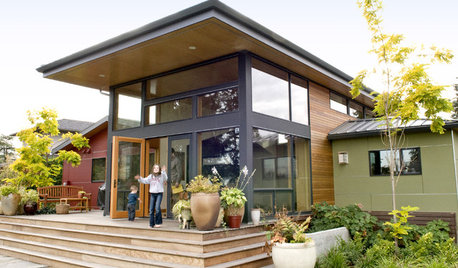
SELLING YOUR HOUSE10 Ways to Boost Your Home's Resale Value
Figure out which renovations will pay off, and you'll have more money in your pocket when that 'Sold' sign is hung
Full Story
GREEN BUILDINGInsulation Basics: Heat, R-Value and the Building Envelope
Learn how heat moves through a home and the materials that can stop it, to make sure your insulation is as effective as you think
Full Story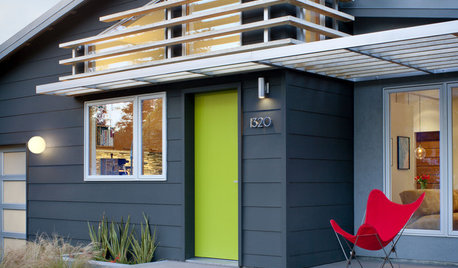
EXTERIORS17 Ways to Increase Your Home's Curb Appeal
The word on the street? Homes with appealing front views can sell faster, lift moods and convey a warm welcome
Full Story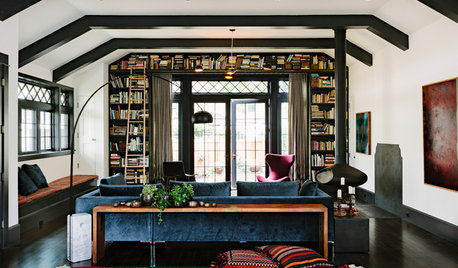
DECORATING GUIDES12 Spaces That Prove There’s Always Room for Books
Be inspired by the bookworms on Houzz who have won the book storage war
Full Story
KITCHEN DESIGNThe 4 Things Home Buyers Really Want in Kitchen Cabinetry
For the biggest return on your kitchen investment, you've got to know these key ingredients for cabinetry with wide appeal
Full Story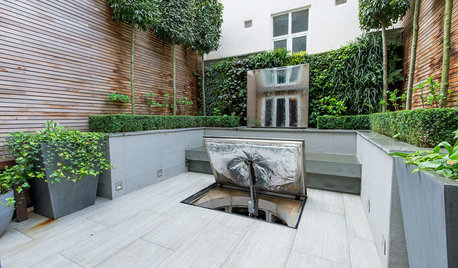
BASEMENTSWhat Lies Beneath: Cool Things to Build Underground
Ingenious designers are going below the surface in some amazing — and surprising — ways
Full Story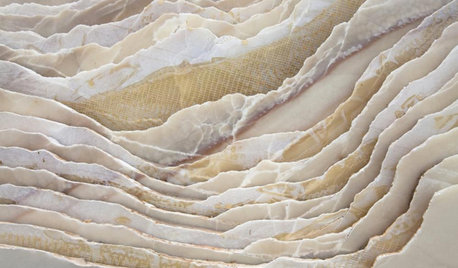
WORLD OF DESIGN8 Things You Didn’t Know About Italian Marble
How did the ancients extract marble? What makes it white or colored? We unearth fascinating facts about this luxurious stone
Full Story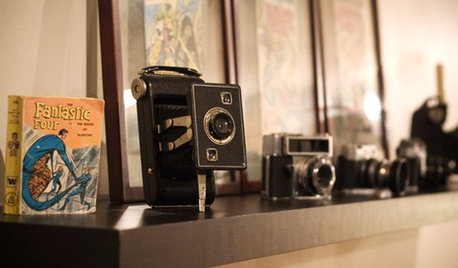
LIFEHow to Handle Inherited Things You Don’t Really Want
Whether you’ve inherited a large collection of items or a single bulky piece of furniture, it’s OK to let it go if you don’t need or want it
Full Story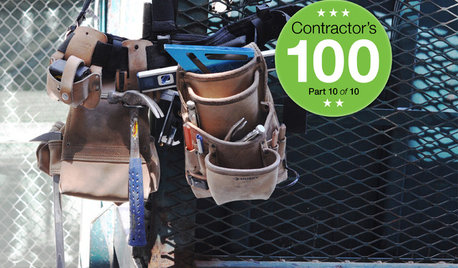
REMODELING GUIDESContractor's Tips: 10 Things Your Contractor Might Not Tell You
Climbing through your closets and fielding design issues galore, your contractor might stay mum. Here's what you're missing
Full Story





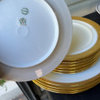



lindac
damascusannie
Related Professionals
Fair Lawn Furniture & Accessories · Norwalk Furniture & Accessories · Greenville Painters · Jacksonville Painters · Orlando Painters · Gallatin Painters · Rosemont Painters · Warr Acres Painters · Berwick Painters · Vail Furniture & Accessories · Jacinto City Furniture & Accessories · Appleton Professional Organizers · Fort Worth Professional Organizers · Greer Professional Organizers · Kent Professional Organizerslindac
Ideefixe
lindac
scarlett2001
jilliferd
lindac
calliope
triciae
damascusannie
pump_toad
triciae
lindac
pkguy
Ideefixe
triciae
lindac
Ideefixe
calliope
floyd_devoid
yborgal
Jonesy
floyd_devoid
Frankie_in_zone_7
lazypup